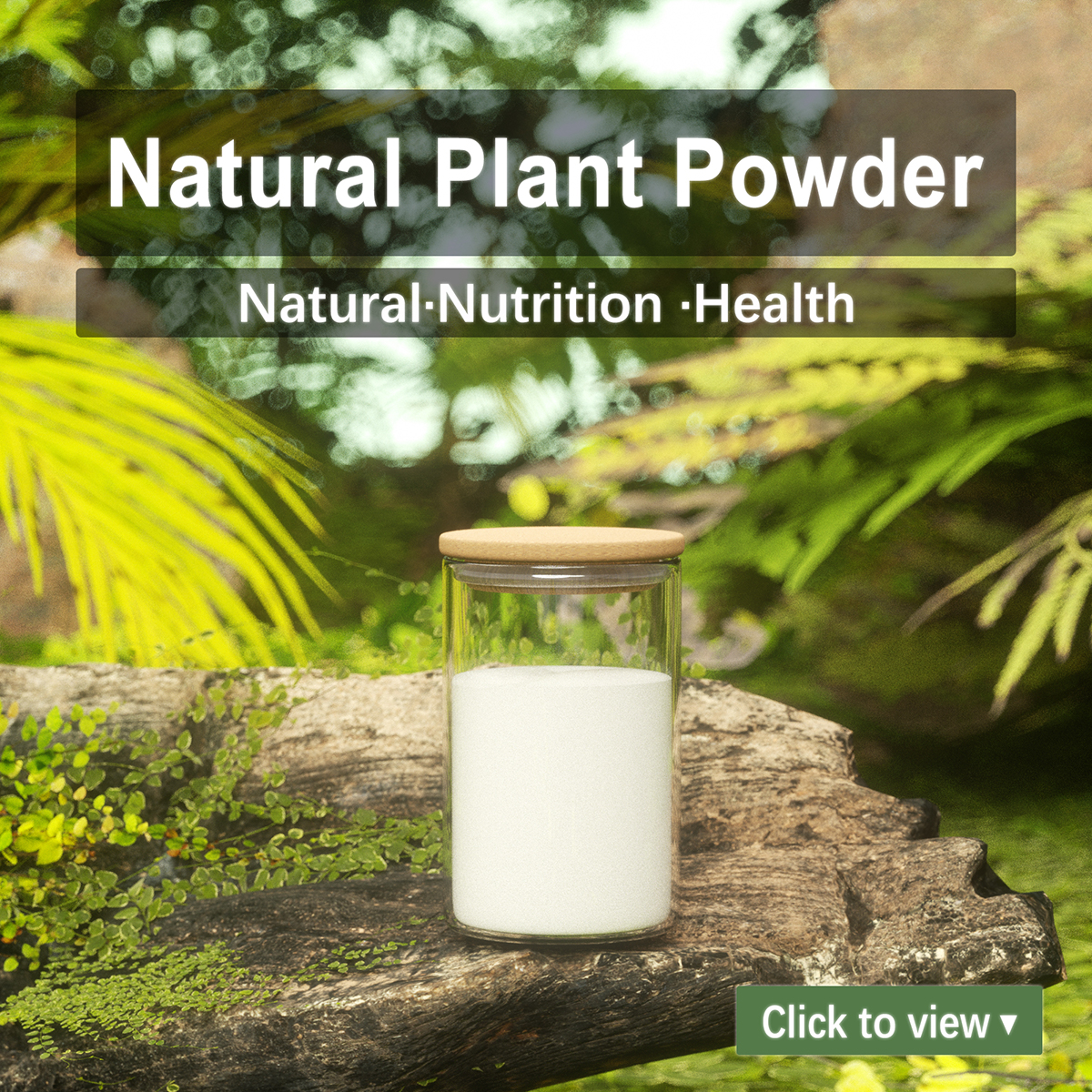

Description
Mentha, or commonly known as mint leaves, is an herb from the genus Lamiaceae. There are roughly 20 species in the mint family including peppermint and spearmint, the two most common types. Mints are herbs that can be found in different environmental conditions, but they thrive best in moist areas. The mint family are among the most popular herbs due to their cooling properties. Mints provide a unique fragrance and mildly sweet flavor that has a cool aftertaste. People are long familiar with mint as a breath freshener. Mint leaves are extracted to produce essential oil or menthol. Mint essential oil and menthol are incorporated into chewing gums, toothpastes, breath sprays, mouthwash, etc. The compound L-carvone is responsible for the mints’ distinctive aroma and flavor.
Mint leaves are used in Middle Eastern, British, and American cuisines as a necessary ingredient in their dishes. In fact, Arab countries use mint on their lamb dishes and teas. Mint is also added into ice creams, chocolates, etc. by food manufacturers. Traditionally, this herb was used for aromatherapy......

 Description
Description
Mentha, or commonly known as mint leaves, is an herb from the genus Lamiaceae. There are roughly 20 species in the mint family including peppermint and spearmint, the two most common types. Mints are herbs that can be found in different environmental conditions, but they thrive best in moist areas. The mint family are among the most popular herbs due to their cooling properties. Mints provide a unique fragrance and mildly sweet flavor that has a cool aftertaste. People are long familiar with mint as a breath freshener. Mint leaves are extracted to produce essential oil or menthol. Mint essential oil and menthol are incorporated into chewing gums, toothpastes, breath sprays, mouthwash, etc. The compound L-carvone is responsible for the mints’ distinctive aroma and flavor.
Mint leaves are used in Middle Eastern, British, and American cuisines as a necessary ingredient in their dishes. In fact, Arab countries use mint on their lamb dishes and teas. Mint is also added into ice creams, chocolates, etc. by food manufacturers. Traditionally, this herb was used for aromatherapy. It was first known as a room deodorizer and thus earned the title: ‘herb of hospitality.’ Consuming mint leaves were also used to treat several common ailments in traditional medicine.
Health Benefit
1. Aids in Proper Digestion
2. Treats Dizziness, Nausea, and Headache
3. Treats Nasal Congestion
4. Improves Dental Health
5. Prevents Dandruff and Head Lice
6. Relieves Nipple Pain Due to Breastfeeding
7. Colic in Infants
8. Improves Blood Circulation
9. Relieves Muscle Pain
10. Skin Care
11. Promotes Eye Health
12. Helps Weight Loss
13. Boosts Immunity









